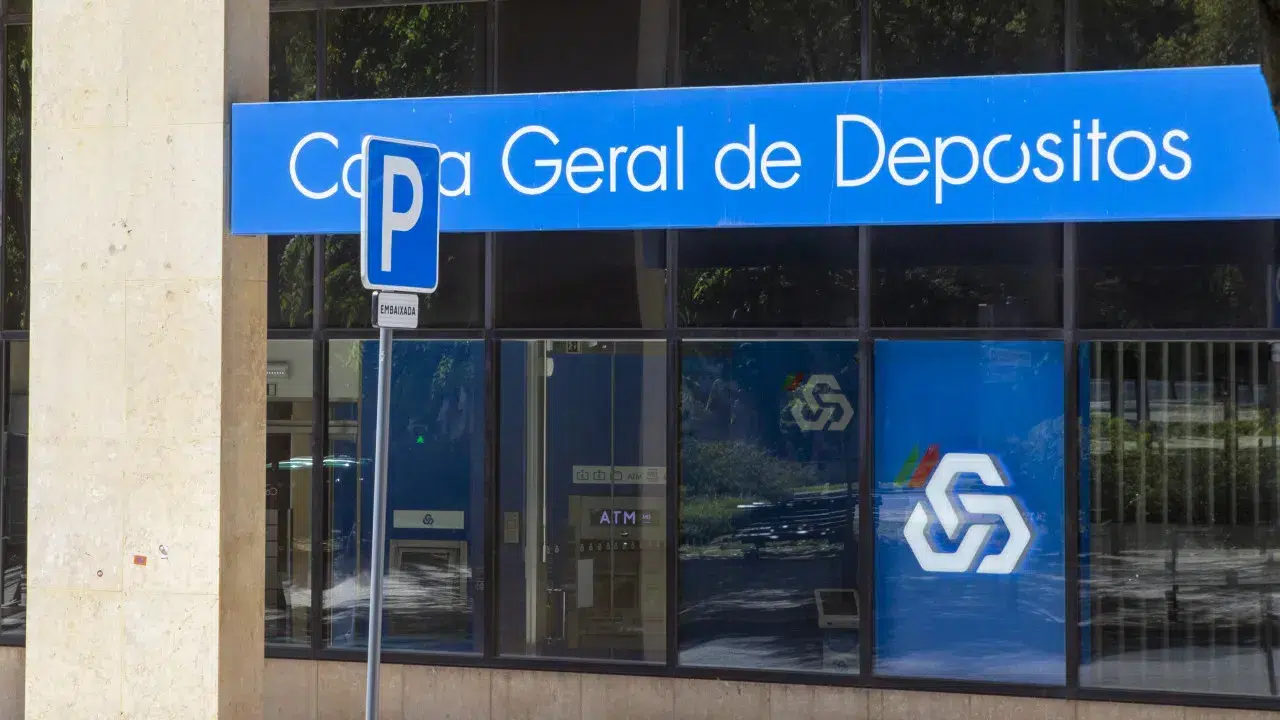The president of the Santa Maria Local Health Unit, in Lisbon, said today that the number of patients triaged as non-urgent to health centers is increasing, with a capacity to receive around 100 patients a day.
“We’ve seen a significant increase week after week, in other words, users who have been screened as green and blue have been increasingly returning to their family doctor,” Carlos Martins told Lusa.
According to the hospital administrator, who took office on February 1, replacing Ana Paula Martins, the new Minister of Health, the health centers that make up the Santa Maria Local Health Unit (ULS) have appointments open after the central emergency room in “a maximum of 24, 48 hours” and are available to receive between 100 and 120 users a day.
Despite the fact that the response capacity of the health centers has not been exhausted, he said that the institution will continue to focus on coordination between the central emergency room and the health centers in order to reduce waiting times at the Santa Maria Hospital emergency room.
In this regard, he announced that the ULS will sign a tripartite protocol on Monday to renew and expand the response capacity of the Permanent Attendance Service (SAP) in Mafra, which is the responsibility of the institution, with an average attendance this quarter of 140 patients per day.
“It’s been very important for us and, above all, for the people of Mafra, because they don’t have to travel 100 kilometers to come to the Santa Maria emergency room,” he said.
On the same day, the ULS will sign a protocol with the Santa Casa da Misericórdia da Venda do Pinheiro, in Mafra, to reinforce the response of the “Bata branca” project, which ensures consultations for users without a family doctor.
Carlos Martins pointed out that this “great work” of internal coordination between the emergency room and the various services, which “is important for flows, times and the length of stay in the emergency room”, is the result of the “strategic plan 2024-2025”, drawn up in February, which has already had positive results.
“We have a good inpatient capacity, with a team that works daily to manage beds and discharges” and “we’re starting to have calmer average delays to manage better, faster flows between the emergency department and the hospital’s various services”, he stressed.
The plan also included a “redefinition” of the ULS’s inpatient capacity.
“We are managing the inpatient ward at Santa Maria Hospital, the inpatient ward at Pulido Valente Hospital and we have expanded and will continue to expand the contracting of beds in the social area,” he said.
Asked if the ULS has many beds occupied by patients who have been discharged but remain in hospital due to a lack of social response, Carlos Martins said that this situation “was one of the big Gordian knots” that existed systematically.
“On a daily average, we had 50 beds occupied with patients awaiting a response from the national integrated long-term care network or their families, and then we had another 50 patients who were already in a pre-discharge phase” without the need to be hospitalized.
To combat this situation, several measures have been taken, such as contracting more beds with social institutions close to the area of residence and extending the number of home hospitalization beds from 12 to 30 by the end of the year.
Carlos Martins highlighted the situation of foreign citizens who refuse to return to their country and who “the institutions have not yet found the answer or have not made the final decision and are still in beds” for which the ULS is financially responsible.
He also said that a task force was set up a month ago, made up of doctors and nurses, whose mission is to visit patients in the institutions with which the ULS has a contract in order to get feedback from inpatients and their families.








